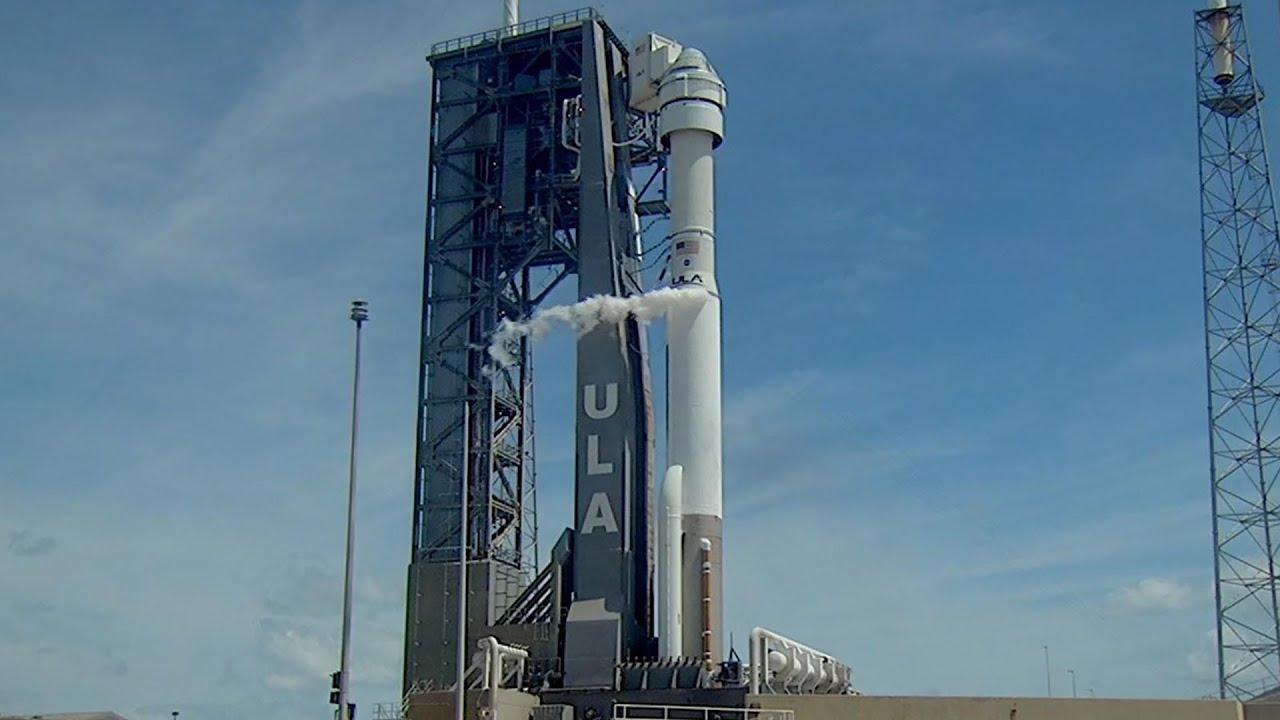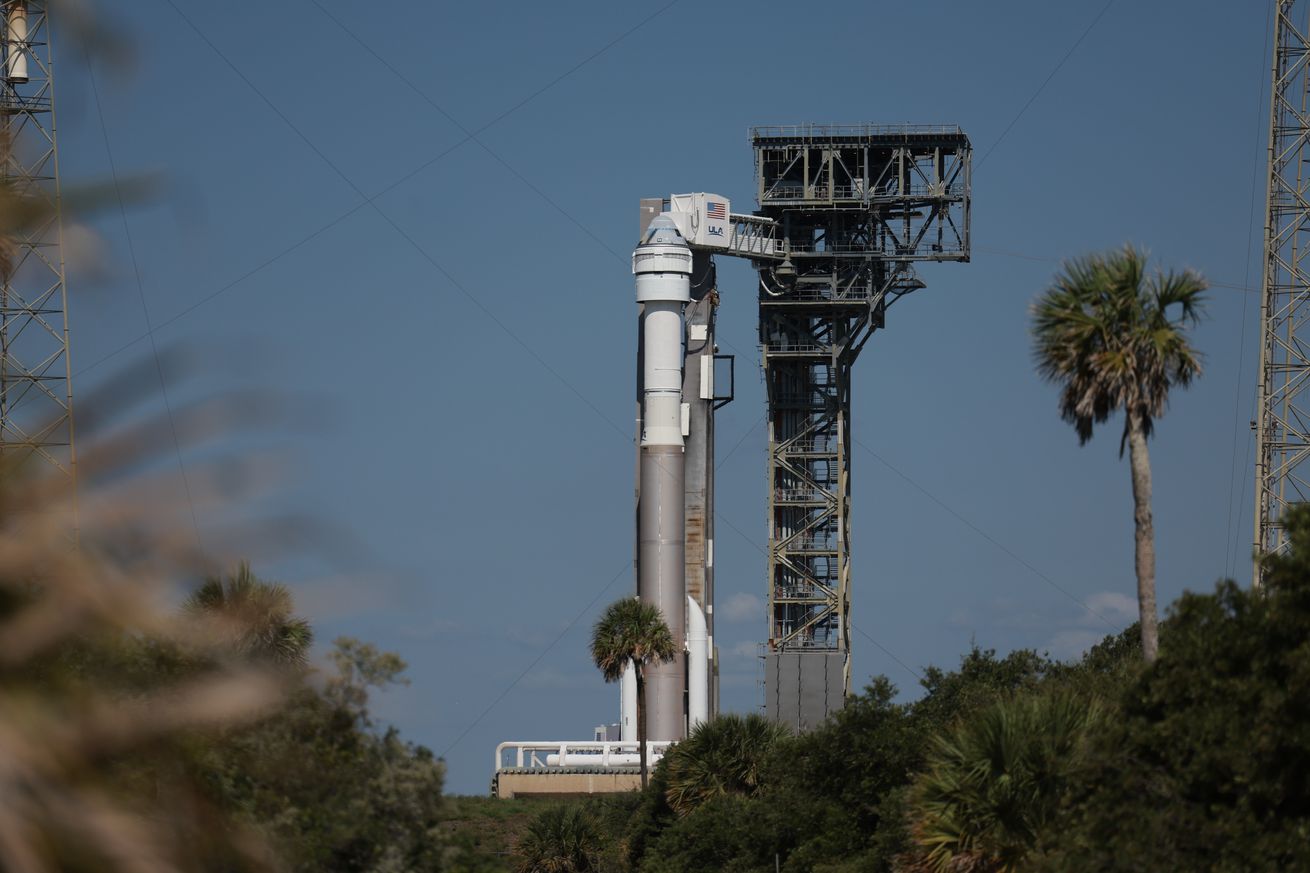Starliner Launch Details
Starliner launch – The Starliner spacecraft, developed by Boeing, is set to embark on its maiden voyage to the International Space Station (ISS). This highly anticipated launch will mark a significant milestone in the commercial spaceflight industry and pave the way for future human exploration missions.
The Starliner launch is set to take place soon, and there is much anticipation surrounding the event. If you’re looking for a way to watch the fight, you can check out where to watch deontay wilder fight. The launch is expected to be a major milestone in space exploration, and it will be interesting to see how it unfolds.
The launch is scheduled to take place on May 19, 2023, from Cape Canaveral Space Force Station in Florida. The Starliner spacecraft will be carried into orbit by a United Launch Alliance Atlas V rocket. Once in orbit, the Starliner will rendezvous with the ISS and dock with the Harmony module.
The Starliner launch, a testament to human ingenuity, has captivated the world. Among the dedicated engineers who made this mission possible is Randy Brown, a renowned expert in aerospace propulsion systems. Brown’s contributions, documented in his groundbreaking research here , have played a crucial role in ensuring the success of this historic launch.
As the Starliner continues its journey, we celebrate the tireless efforts of individuals like Randy Brown, whose unwavering pursuit of excellence has made this extraordinary endeavor a reality.
Technical Specifications and Capabilities
The Starliner spacecraft is designed to carry up to seven astronauts and a variety of cargo to the ISS. It features a reusable crew capsule that is equipped with advanced life support systems, avionics, and communications equipment.
With the Starliner launch making headlines, the excitement is palpable. This mission has ignited a renewed interest in space exploration, reminding us of our boundless fascination with the sky. As we eagerly anticipate the Starliner’s journey, it’s worth exploring the concept of “sky vs fever” here.
This intriguing phenomenon captures the duality of our emotions towards the heavens—a blend of awe and fear, wonder and trepidation. As the Starliner embarks on its mission, it symbolizes our enduring pursuit of knowledge and our unwavering gaze towards the vast expanse above.
The Starliner’s unique design allows it to perform a variety of missions, including crew rotation, cargo delivery, and spacewalks. It is also capable of docking with the ISS in multiple orientations, providing greater flexibility for mission planning.
Mission Objectives and Goals, Starliner launch
The primary objective of the Starliner’s first flight is to demonstrate its ability to safely and reliably transport astronauts to and from the ISS. The mission will also test the spacecraft’s systems, including its docking capabilities, life support systems, and communications equipment.
In addition to its primary objectives, the Starliner mission will also conduct a number of secondary experiments. These experiments will focus on areas such as human health and performance in space, as well as the development of new technologies for future space exploration missions.
Launch Challenges and Successes

The Starliner launch, a highly anticipated event in the space exploration industry, has garnered significant attention. However, like any ambitious endeavor, it has faced its share of challenges and setbacks. This section will delve into the potential risks and challenges associated with the launch, providing a detailed account of any setbacks or delays encountered. It will also highlight the successful aspects of the launch and discuss the factors that contributed to its achievements.
Potential Risks and Challenges
The Starliner launch, like any complex space mission, is not without its potential risks and challenges. These include:
- Technical malfunctions: Spacecraft systems are complex and subject to potential failures. A minor glitch or malfunction could lead to delays or even mission failure.
- Weather conditions: The launch window is highly dependent on weather conditions. Adverse weather, such as high winds or thunderstorms, could force a delay or even a scrub.
- Human error: Despite meticulous planning and training, human error remains a potential risk factor in any space mission.
Setbacks and Delays
The Starliner launch has encountered some setbacks and delays during its development and preparation process. These include:
- Software issues: The Starliner spacecraft experienced software issues during testing, which led to delays in the launch schedule.
- Parachute problems: The Starliner spacecraft’s parachutes, which are crucial for a safe landing, encountered problems during testing, requiring additional testing and modifications.
- Launch date changes: The Starliner launch date has been postponed several times due to technical issues and delays.
Successful Aspects and Contributing Factors
Despite the challenges, the Starliner launch has also achieved notable successes. These include:
- Successful launch: The Starliner spacecraft successfully launched on its uncrewed test flight, reaching orbit as planned.
- Docking with the ISS: The Starliner spacecraft successfully docked with the International Space Station, demonstrating its docking capabilities.
- Safe return to Earth: The Starliner spacecraft safely returned to Earth, completing its uncrewed test flight successfully.
Several factors contributed to the successful aspects of the Starliner launch:
- Thorough testing and preparation: The Starliner spacecraft underwent rigorous testing and preparation, ensuring its readiness for launch.
- Experienced team: The Starliner launch team consisted of experienced engineers and technicians, who worked diligently to overcome challenges.
- Collaboration and support: The Starliner launch benefited from the collaboration and support of multiple organizations, including NASA and Boeing.
Impact and Implications

The successful launch of Starliner marks a significant milestone in space exploration and human spaceflight. Its broader implications extend beyond the immediate mission, holding the potential to revolutionize our understanding of the cosmos and drive technological advancements.
Scientifically, Starliner’s mission will provide valuable data on the effects of space travel on the human body and mind. It will also contribute to our knowledge of the Martian environment, paving the way for future human missions to the Red Planet.
Technological Advancements
The development and deployment of Starliner have necessitated the advancement of various technologies, including:
- Improved propulsion systems for efficient and reliable space travel.
- Enhanced life support systems to sustain human life during extended space missions.
- Advanced navigation and communication systems for precise maneuvering and real-time data transmission.
Economic and Political Significance
The Starliner launch has significant economic and political implications:
- It boosts the space industry, creating new jobs and stimulating innovation.
- It strengthens international partnerships and cooperation in space exploration.
- It demonstrates the technological prowess and ambition of the nation that successfully launches Starliner.
The Starliner launch, a significant milestone in human spaceflight, is poised to take us one step closer to our celestial ambitions. With its cutting-edge technology and ambitious goals, the Starliner launch promises to revolutionize space exploration, opening up new frontiers and inspiring generations to come.
While the Starliner launch has been delayed, the world of sports continues to move forward. This weekend, the highly anticipated UFC 302 event will take place, featuring some of the biggest names in mixed martial arts. Back to the Starliner launch, despite the setback, the mission remains an important milestone in the history of space exploration, and its eventual success will pave the way for future human missions to the Moon and beyond.
